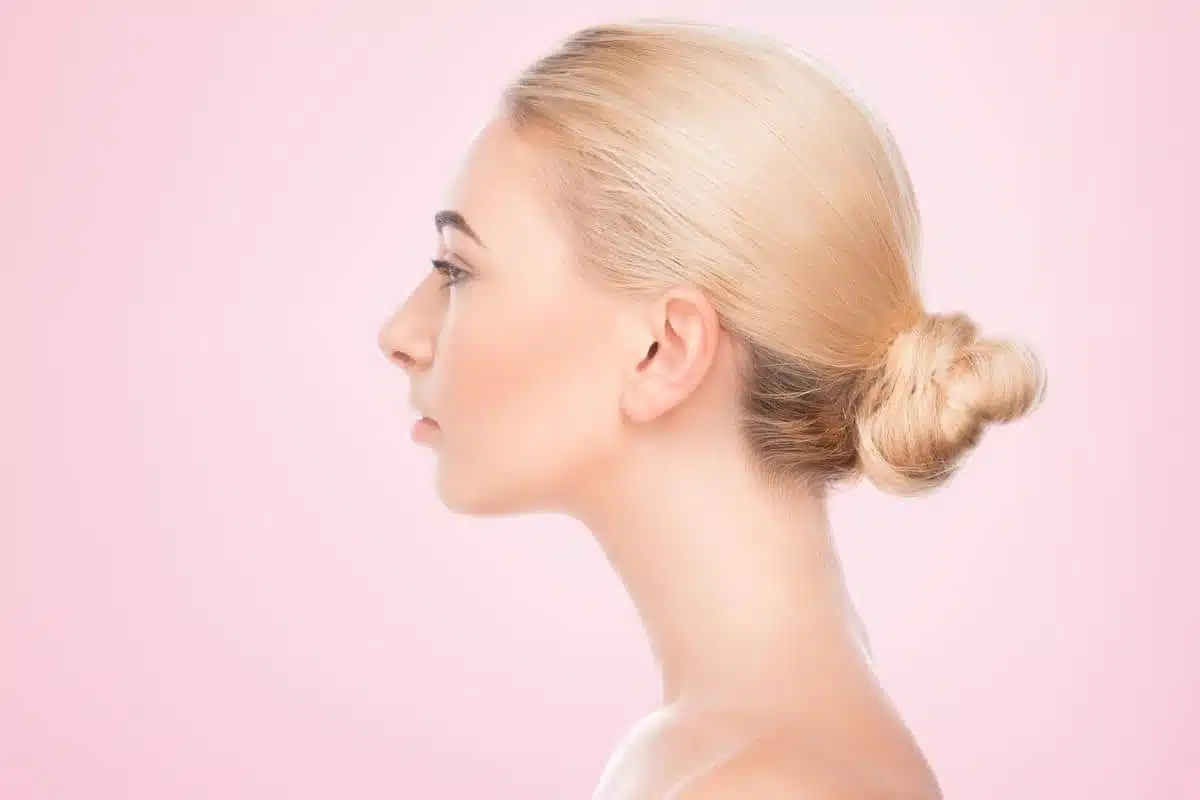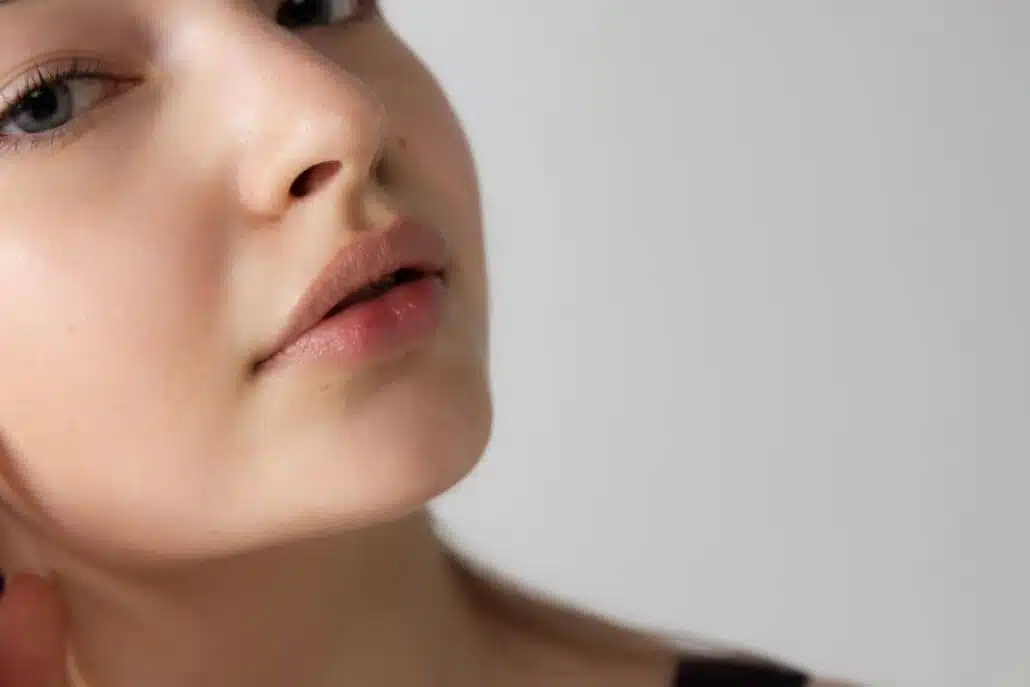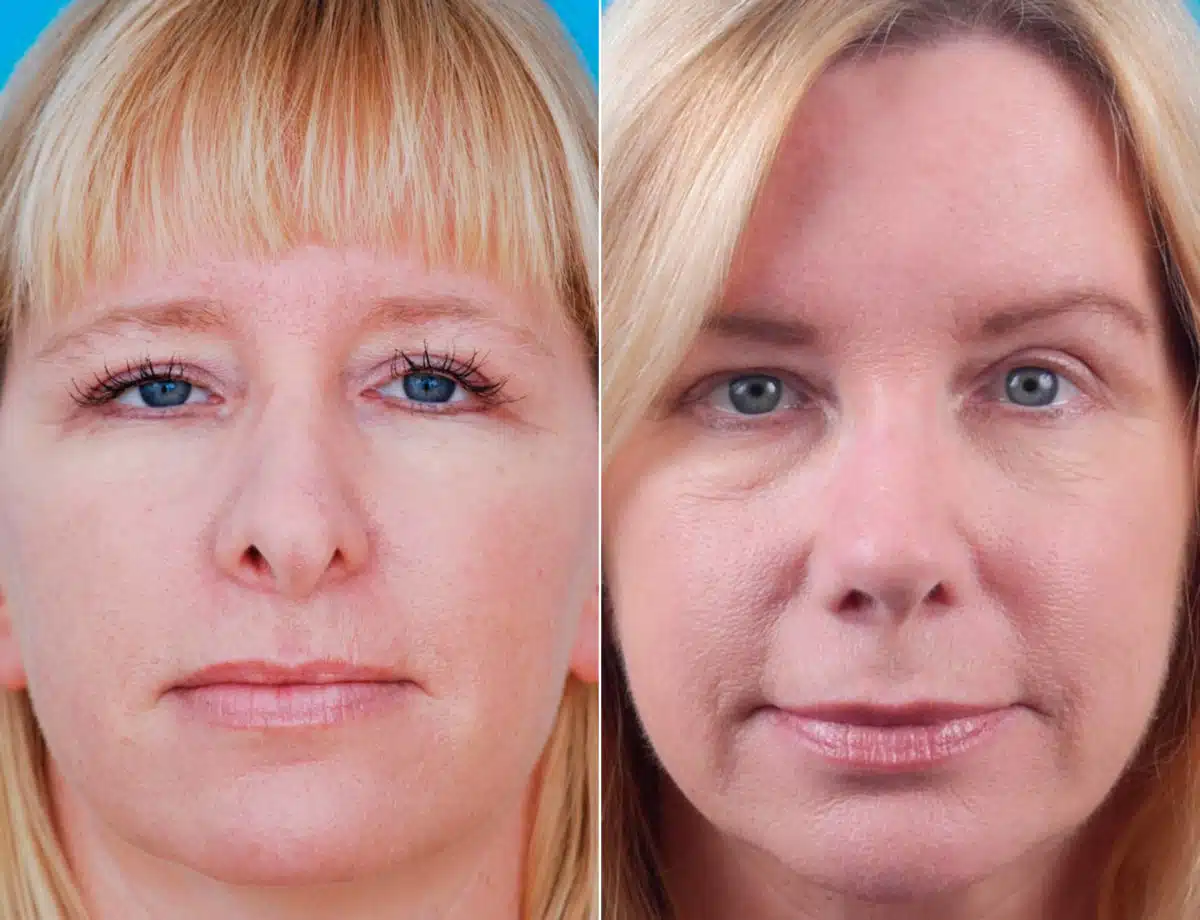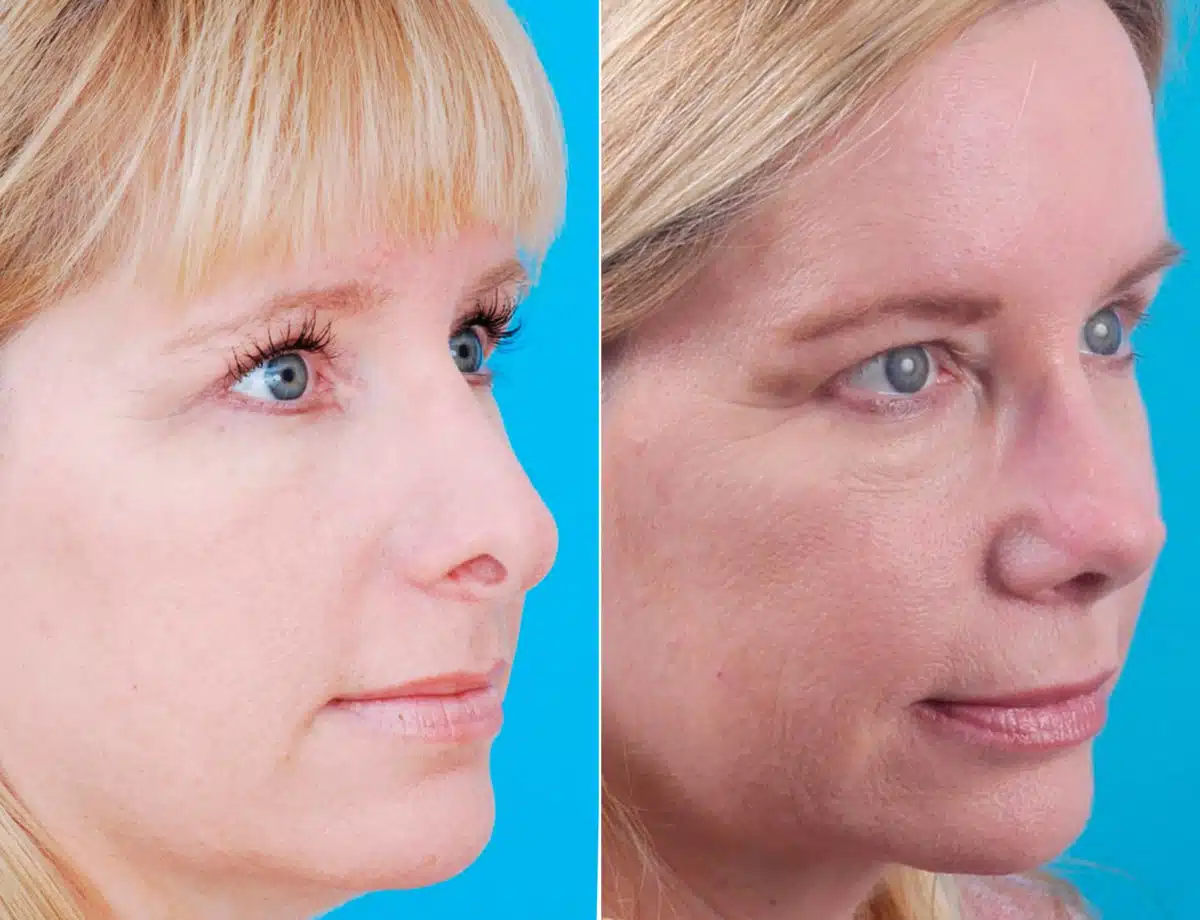Why Do Uneven Nostrils Happen After Rhinoplasty and How to Fix Them

Rhinoplasty, commonly known as a nose job, is a transformative cosmetic procedure designed to enhance both the appearance and function of the nose. However, some patients notice significantly uneven nostrils post rhinoplasty, leading to concerns about their final results. While some asymmetry of the nose is normal during the healing process, persistent asymmetrical nostrils after rhinoplasty may require further evaluation. If your nostrils are significantly uneven after rhinoplasty, rest assured—there are solutions available.
Dr. Daniel Becker, an experienced surgeon specializing in rhinoplasty and revision rhinoplasty, has helped countless patients achieve beautiful results. If you’re concerned about nasal asymmetry, scheduling a rhinoplasty consultation at Becker Rhinoplasty Center is the first step toward finding a tailored solution.
Fixing Uneven Nostrils After Rhinoplasty
- Uneven nostrils can occur due to swelling, scar tissue, or nasal cartilage shifting during healing.
- Some asymmetry is normal in the early stages of recovery, but persistent issues may require correction.
- Revision rhinoplasty is a specialized procedure designed to refine and correct nostril asymmetry.
- Non-surgical options like dermal fillers may provide temporary improvement for minor asymmetries.
- Consulting with a highly qualified rhinoplasty surgeon is essential for the best long-term outcome.
Understanding Why Nostrils May Be Uneven After Rhinoplasty
It’s not uncommon for patients to notice uneven nostrils in the months following a rhinoplasty procedure. The initial swelling after surgery can cause temporary nasal asymmetry, which often resolves as healing progresses. However, in some cases, asymmetry remains, leading to dissatisfaction with the final rhinoplasty results.
Nostril asymmetry may affect both appearance and function, sometimes causing breathing difficulties or discomfort. Understanding why this happens and what can be done about it is key to achieving the desired outcome. Patients should monitor their healing closely and discuss concerns with their surgeon as early as possible.
Common Causes of Uneven Nostrils After Plastic Surgery
There are several reasons why patients may experience uneven nostrils after rhinoplasty:
- Swelling – Post-surgical swelling of the nose can temporarily distort nasal shape.
- Scar Tissue Formation – Excess scar tissue can cause nostrils to appear uneven.
- Cartilage Shifting – Grafts or cartilage may shift during the healing process.
- Pre-existing Asymmetry – Some patients naturally have uneven nostrils, which may become more noticeable post-surgery.
- Healing Process Variability – Everyone heals differently, which can lead to unexpected asymmetry.
- Contracture of Skin or Scar Tissue – This can pull on the nostrils, altering their shape.
When to Be Concerned About Uneven Nostrils After Nose Surgery
While mild nostril asymmetry may resolve on its own, patients should consider medical evaluation if:
- Uneven nostrils persist beyond 12 months after surgery.
- There are significant functional issues like breathing difficulty or nasal obstruction.
- The asymmetry worsens over time instead of improving.
- The results do not meet the patient’s aesthetic expectations.
- There is excessive scar tissue formation causing discomfort.
- Any signs of infection or prolonged inflammation are present.
In these cases, revision surgery may be the best option to restore nasal balance.
Are you noticing signs of asymmetry? Let’s IMPROVE that!
Book your appointment with Dr. Becker to explore revision options.
Revision Rhinoplasty to Address Nostril Asymmetry
Revision rhinoplasty is a specialized nasal surgery performed to address imperfections from an initial rhinoplasty. This procedure is more complex than primary rhinoplasty surgery, requiring advanced expertise to ensure optimal symmetry and function.

Dr. Daniel Becker is a board-certified rhinoplasty surgeon with years of experience performing revision rhinoplasty. His approach prioritizes both aesthetic refinement and functional restoration, ensuring that patients achieve the results they originally envisioned. Revision procedures take into account the scar tissue and nasal structure, which can present additional challenges that require skillful correction.
Benefits of Choosing Revision Rhinoplasty
If nostril asymmetry persists, revision rhinoplasty offers several benefits:
- Improves symmetry for a more balanced appearance.
- Improves nasal function by addressing airway obstruction.
- Refines previous surgical results for enhanced aesthetics.
- Corrects scar tissue issues that contribute to asymmetry.
- Boosts confidence by achieving desired rhinoplasty results.
- Utilizes advanced surgical techniques to ensure precision and durability.
Why Choose Becker Rhinoplasty Center?
Dr. Daniel Becker is a world-renowned rhinoplasty surgeon with extensive expertise in primary and revision rhinoplasty. Patients choose Becker Rhinoplasty Center because:
- Dr. Becker has decades of experience specializing in nasal surgery.
- The center utilizes advanced surgical techniques for precision and optimal outcomes.
- Each patient receives a customized treatment plan tailored to their specific needs.
- The team prioritizes natural-looking results and functional improvements.
- Patient safety and satisfaction are the top priorities.
- State-of-the-art facilities and cutting-edge technology enhance the patient experience.
If you’re struggling with nostril asymmetry, trust Dr. Becker’s expertise to restore balance and harmony to your nose.
Address Your Nostril Asymmetry Now
If you’ve noticed uneven nostrils post rhinoplasty, it’s essential to address the issue early—especially if functional problems are present. Whether you need revision surgery or a non-surgical enhancement, seeking expert care from an experienced surgeon is crucial for achieving the best possible outcome.
Schedule a consultation today at Becker Rhinoplasty Center and take the first step toward a more balanced, beautiful nose.
Consulting with a Rhinoplasty Surgeon
A rhinoplasty consultation with Dr. Becker can help determine the best course of action for addressing asymmetrical nostrils after rhinoplasty. During your consultation, Dr. Becker will:
- Assess your nasal structure and discuss your concerns.
- Evaluate your rhinoplasty results and identify possible solutions.
- Recommend surgical or non-surgical options based on your needs.
- Provide a personalized treatment plan for optimal symmetry and function.
- Ensure you fully understand your options and expected recovery timeline.
Schedule your rhinoplasty consultation today to explore your options and regain confidence in your appearance.
FAQs about Uneven Nostrils After a Nose Job
Is it Possible to Avoid Nostril Asymmetry?
While some nasal asymmetry may occur naturally, choosing an experienced rhinoplasty surgeon and following proper post-surgical care can minimize the risk.
How Long Do I Need to Wait Before Revision Rhinoplasty?
Most surgeons recommend waiting at least 12 months before considering revision surgery, as swelling and scar tissue take time to settle.
Are There Non-Surgical Options to Correct Uneven Nostrils After Surgery?
Yes! Dermal fillers can be used for minor corrections, though they provide temporary improvement. Surgical intervention remains the gold standard for lasting results.
Ready to achieve the symmetry and confidence you deserve? Schedule your consultation today with Dr. Becker at Becker Rhinoplasty Center!

